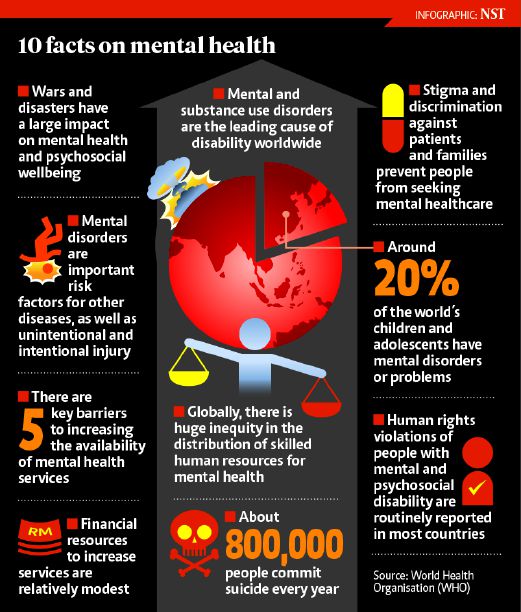What Is The Best Therapy For Hoarding Disorder
What Is The Best Therapy For Hoarding Disorder
Blog Article
What Kinds of Treatment For PTSD Are Available?
Treatment for PTSD assists you discover to manage your symptoms and gain back control of your life. It can involve oral drugs or chat treatments. Psychotherapy, or talk therapy, is one of the most usual therapy for PTSD. It can occur one-on-one or in a group setup.
Symptoms of PTSD can range from being quickly startled to avoiding tasks and people. These symptoms can likewise influence family members and children.
Cognitive behavior modification (CBT).
CBT concentrates on transforming unfavorable patterns of believing and actions that might be causing PTSD signs. This treatment is generally temporary and client-centered, with the therapist and client establishing therapy objectives together. CBT has been revealed to reduce PTSD signs in numerous professional trials utilizing clinician-administered and self-report actions of PTSD. These results are mediated largely by adjustments in maladaptive cognitive distortions, with some studies reporting physiological, practical neuroimaging, and electroencephalographic adjustments correlating with reaction to CBT.
TF-CBT uses psychoeducation and imaginal exposure to show customers just how to better control emotions and manage their injuries. This treatment has actually also been shown to improve PTSD symptoms in youngsters and teens.
Eye activity desensitization and reprocessing (EMDR).
EMDR is an evidence-based therapy that works by assisting individuals procedure injury using adaptive information processing. It can be used by itself or with various other treatments. It has actually been revealed to be efficient in dealing with PTSD. EMDR is commonly utilized all over the world.
It starts with history-taking and a joint therapy plan. During this phase, you will speak about the factor you are looking for treatment and identify traumatic memories you want to focus on. The therapist will certainly additionally educate you strategies to take care of any kind of tough or disturbing feelings that might emerge throughout a session.
Throughout the recycling stage, you will recall a traumatic memory while taking note of a back-and-forth motion or sound (like your service provider's hand moving across your face) until the negative photos, thoughts, and sensations related to it start to reduce.
Somatic experiencing.
A therapist that focuses on this method will help you become aware of the physical sensations that accompany your PTSD signs. They'll additionally teach you how to identify your autonomic nerve system and its role in the trauma response.
Unlike other injury treatments, somatic experiencing doesn't focus on memories or emotions. Rather, specialists work to release the stress from your body and eliminate your signs.
This treatment has been located reliable in a number of randomized controlled tests. Nonetheless, the results from these studies are limited by tiny example sizes and other technical shortages. These shortcomings limit the exterior credibility of these findings.
Present-centered treatment.
Present-centered treatment (PCT) is a non-trauma focused psychotherapy that intends to enhance clients' relationships, infuse hope and positive outlook, and promote analytic. While PCT does not have exposure and cognitive restructuring strategies of trauma-focused treatments, it has been shown to be as reliable in minimizing PTSD symptoms as trauma-focused CBTs.
In a collection of eleven research studies, PCT was compared to a delay listing or minimal call control problem and to TF-CBT. PCT was superior to the WL/MA problems in minimizing self-reported PTSD symptoms at post-treatment, and it was related to minimized treatment failure rates. However, the result size was not large sufficient to be scientifically meaningful.
Reflection.
Meditation aids individuals soothe their nervous systems and technique self-care. This therapy concentrates on the physical feeling of breathing, and people might get sidetracked by thoughts or feelings, however it is essential to return their emphasis to the breath repeatedly.
PTSD affects not just those who have straight experienced the trauma, yet also witnesses and those who deal with emergency -responders or law enforcement. Signs and symptoms of PTSD can consist of intrusive, distressing memories, flashbacks or headaches, and difficulty focusing or sleeping.
Staying clear of unpleasant memories and sensations is a common response to trauma, yet it only makes signs and symptoms worse. It is necessary to seek therapy before PTSD hinders your life and relationships.
Twin diagnosis therapy.
Symptoms of co-occurring PTSD and compound use condition (SUD) are often linked and both have to be dealt with in recuperation. People that experience PTSD can be more likely to turn to alcohol or medications to self-medicate and temporarily ease invasive thoughts, recalls and negative state of mind swings.
PTSD signs and symptoms include recurring and uncontrolled traumatic memories or dreams, brilliant and dissociative responses that feel like experiencing again the occasion, preventing areas, people, conversations, or things associated with the injury, sensations of hypervigilance and being always on guard or quickly alarmed, and feelings of psychological numbness.
Double medical diagnosis family therapy therapy involves treatment and finding out healthier coping devices. It may also include pharmacotherapy, such as antidepressants or state of mind stabilizers.